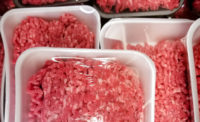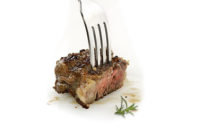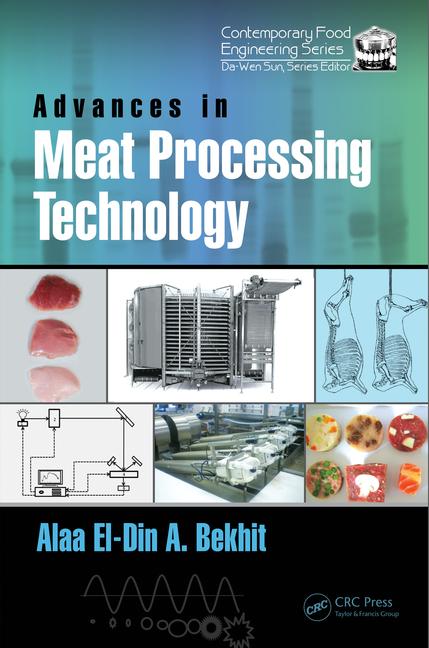Meat Science Review
A look at color stability, tenderness in top sirloin’s Gluteus medius

 Top sirloin steaks are one of the most popular beef steaks served in restaurants (Harris et al., 1992), as well as purchased at retail outlets (National Cattlemen’s Beef Association, 2005), across the United States. However, top sirloin steaks are typically marketed at lower prices compared to the other steaks from the loin and rib primals (Harris et al., 1992) because of palatability inconsistencies, especially in cooked beef tenderness. A number of studies have also shown that beef top sirloin steaks have color stability issues (Hood, 1980; O’Keefe & Hood, 1982).
Top sirloin steaks are one of the most popular beef steaks served in restaurants (Harris et al., 1992), as well as purchased at retail outlets (National Cattlemen’s Beef Association, 2005), across the United States. However, top sirloin steaks are typically marketed at lower prices compared to the other steaks from the loin and rib primals (Harris et al., 1992) because of palatability inconsistencies, especially in cooked beef tenderness. A number of studies have also shown that beef top sirloin steaks have color stability issues (Hood, 1980; O’Keefe & Hood, 1982).
Several other high-value beef muscles have been examined for within-muscle differences in tenderness and, to a lesser extent, color, but little work has been done looking at these attributes in the gluteus medius (GM), the primary muscle in top sirloin steaks.
The objectives of this study were to investigate the instrumental color and shear force variations within the GM. To determine these objectives, 48 top sirloin butts, from either yield grade 1 & 2 or 4 & 5 and either top Choice or Select quality grades, were selected from a commercial packing facility. After aging 14 days, the GM was removed and steaks were cut from the posterior, middle and anterior sections of the GM; subsequently, each steak was divided into lateral, central, and medial intra-steak portions. Portions were analyzed for Warner-Bratzler shear force determinations, an objective indicator of tenderness, and instrumental color in display conditions.
Shear force measurements in the GM were not affected by USDA yield or quality grades in this study. However, within the GM, shear force varied significantly. Within anterior steaks, the lateral portion had the greatest shear force (P < 0.05), but with the middle steaks, the lateral portion had lower (P < 0.05) shear force values than the medial portion, and the central was intermediate (P > 0.05). No differences in shear force were detected within the posterior steaks (P > 0.05).
The anterior steaks of the GM were darker than middle or posterior steaks in initial fresh beef color (P < 0.05). The medial portions of the GM steaks were darker (P < 0.05) than lateral or central portions. However, color differences during retail display due to within-muscle location were less evident (P > 0.05) and, even when significant, the magnitude of the differences was unlikely to be of practical concern.
Although within-muscle variations in fresh beef color and color during display of the GM were minimal and not economically meaningful, the variation in tenderness within the GM may be potentially exploited to develop an economic advantage. It is common to cut large GM steaks into smaller portioned cuts for foodservice and retail sale. If these steaks could be segregated according to tenderness differences, the eating experience for consumers could be improved through subjecting the tougher portions to tenderizing marinades or cooking methods more suitable for tougher cuts.
Harris, J. J., R. K. Miller, J. W. Savell, H. R. Cross, and L. J Ringer. 1992. Evaluation of the tenderness of beef top sirloin steaks. Journal of Food Science 57: 6-9, 15.
Hood, D. E. 1980. Factors affecting the rate of metmyoglobin accumulation in pre-packaged beef. Meat Science 4: 247-265.
National Cattlemen’s Beef Association. 2005. Beef Bytes. http://www.beef.org/uDocs/BeefBytesComplete03-28-05.pdf. Accessed 11.18.10.
O’Keefe, M. and D. E. Hood. 1982. Biochemical factors influencing metmyoglobin formation on beef from muscles of differing color stability. Meat Science 7: 209-228.
Looking for a reprint of this article?
From high-res PDFs to custom plaques, order your copy today!








